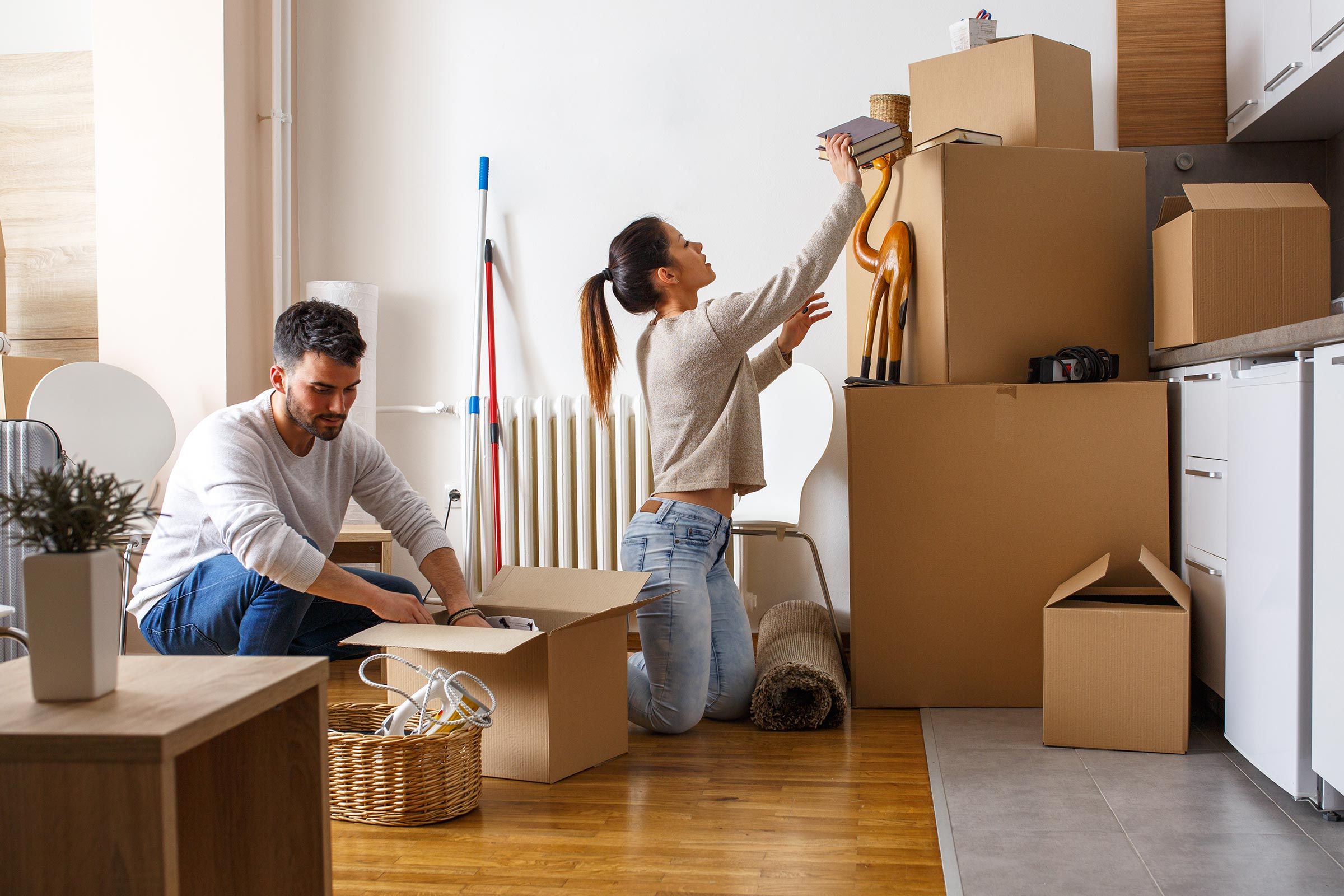Boxes are the foundation of moving with https://www.flashmoving.net/packers-and-movers/ or storage process. Using them effectively can significantly reduce potential damages, save space, and make the unpacking process smoother. Here are some insights into choosing the right box size and organizing its contents effectively.
1. Selecting the Right Size:
Small Boxes: Best for heavy items like books, canned goods, and tools. Packing heavy items in small boxes ensures that they’re manageable to carry and reduces the risk of the box breaking.
Medium Boxes: Versatile and ideal for a mix of items like toys, kitchenware, and smaller appliances.
Large Boxes: Reserve these for light but bulky items such as linens, comforters, pillows, and lampshades. If packed with heavy items, they can become unmanageable and more prone to damage.
Specialty Boxes: Wardrobe boxes for clothes, picture boxes for framed items, and dish pack barrels for glasses and plates ensure specific items are protected and organized.
2. Organizing Box Contents:
Categorize: Start by categorizing items based on their room or function, such as ‘kitchen’ or ‘electronics’. This simplifies the unpacking process.
Heaviest Items First: Place the heaviest items at the bottom and layer lighter items on top. This provides stability and ensures fragile items aren’t crushed.
Use Fillers: Use packing peanuts, crumpled paper, or bubble wrap to fill voids and prevent items from moving within the box.
Limit Box Weight: As a general rule, if a box feels too heavy or hard to lift, it probably is. Consider redistributing items into another box to make it more manageable.
3. Labeling for Efficiency:
Detailed Labels: Don’t just label the box with the room name. Provide a brief description of its contents, especially if the items inside are essential or needed immediately upon arrival.
Highlight Fragile Items: Clearly mark boxes containing breakable items with “FRAGILE” to ensure careful handling.
Use Color Codes: Assign each room a color and use corresponding colored tapes or stickers for boxes containing items from that room.
4. Sealing and Stacking:
Seal Tightly: Use high-quality packing tape to seal boxes. Make sure the bottom is reinforced to prevent breakages.
Stacking Order: Stack heavier boxes at the bottom and lighter ones on top to prevent boxes from getting crushed. Ensure that the top of the boxes is flat without bulges, making them safer to stack.
Effective boxing is more than just stuffing items into a cardboard container. It’s about strategic placement, protection, and organization. With these tips in mind, you’ll be better equipped to pack like a pro, ensuring your belongings remain intact and simplifying the unpacking process. Whether you’re storing items or moving to a new place, smart and efficient boxing is key to a hassle-free experience.



